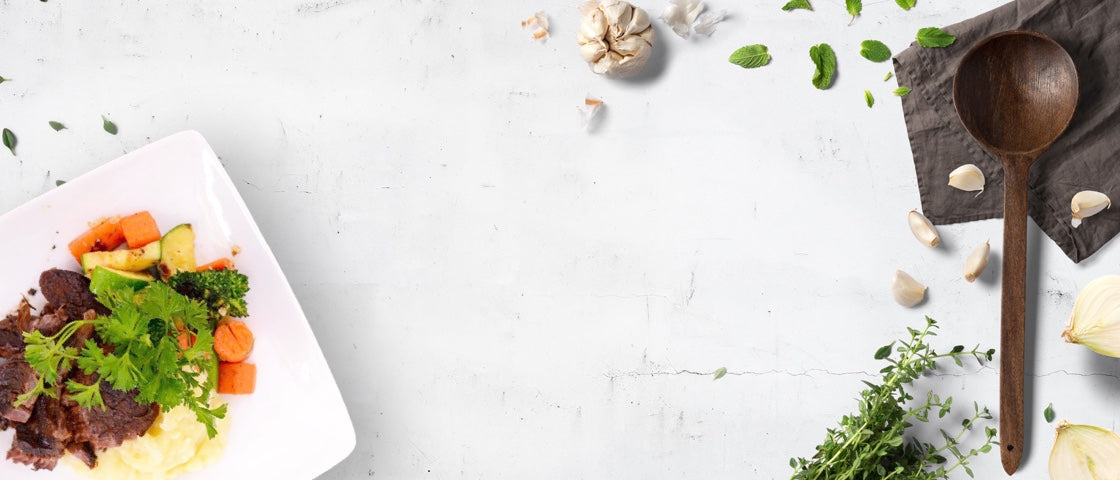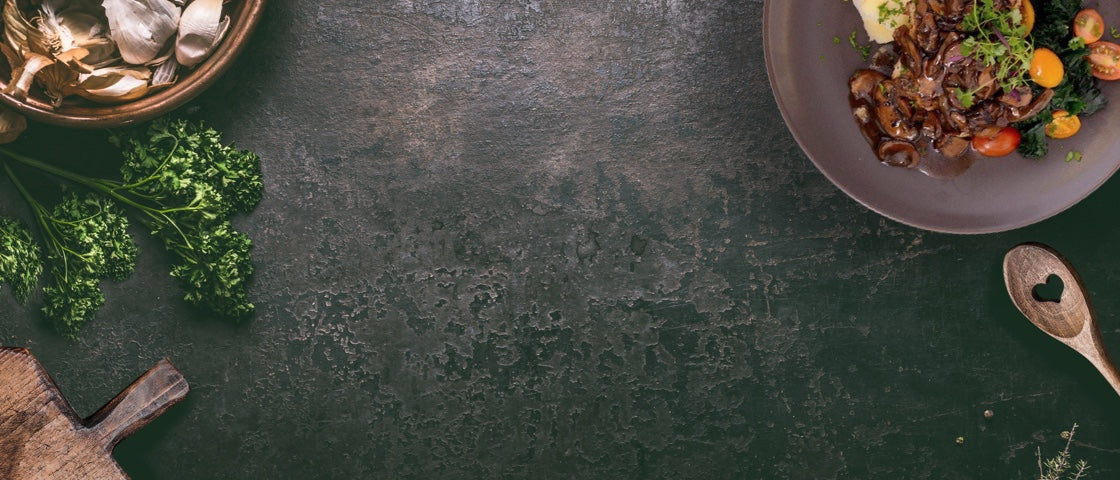Paleo and Whole30 diets are two of the 35 best diets for you based on a US News Ranking for 2022! But what are they? What’s the difference between Paleo and Whole30?
In today’s blog, we’ll go over what each diet is all about. We’ll also reveal how you can find the right meals and ingredients for both in one easy location.
What is the Paleo Diet?
The Paleo diet is also known as the “caveman diet.” It tries to simulate the same eating patterns as our ancestors. Or as close as we can, given the lack of mammoth meat in our local stores! It has a big focus on trying to stick to organic, unmodified, and grass-fed food sources.
The focus on natural food sources helps lessen the artificial chemicals we burden our bodies with. Paleo diet experts say this is a great path to natural weight loss and better immune systems.
Foods allowed on the Paleo Diet are:
- Grass-fed and organic meat-based products
- Unprocessed and organic fruits, vegetables, nuts, seeds, and berries
- Herbs and spices in place of condiments
- High-antioxidant vegetable oils like coconut and virgin olive oil.
- Red wine and dark chocolate sparingly
What is the Whole30 Diet?
In Whole30, you spend 30 days completely on whole, unprocessed foods. Then after the 30 days, you slowly reintroduce other foods from the restricted list back in. As you do so, you’ll quickly notice any food intolerances that you need to address.
Foods allowed during the Whole30 diet period are:
- Fresh and organic meats, fish, seafood, and eggs
- Fresh and organic fruits, vegetables, nuts, and seeds
- Very select fats from sources like plant oils, duck fat, clarified butter, and ghee
How are Paleo and Whole30 Diets Similar?
Both diets have a lot of similarities to one another. For example:
- Both focus on unprocessed foods and limit carbs to fruits and vegetables.
- Both encourage you to avoid processed foods, added sugars, trans-fats, artificial ingredients, and all but a select few fat sources.
- Both promote similar health benefits like increased energy, better metabolism, and weight loss.
- Both may reduce the risks of heart disease by lowering blood pressure, triglycerides, and other health factors affected by processed foods.
What is the Difference Between a Paleo and Whole30 Diet?
The major difference between the two diets is how they are implemented.
The Whole30 diet is very strict for the first 30 days, then it gradually grows more lenient. The main focus after the initial stage is identifying and permanently removing food intolerances from your diet.
The Paleo diet is more lenient from the start, but it does not help you identify food intolerances over time. It even allows for small amounts of wine, sweets, and other foods from the start.
In general, Paleo is easier to implement due to how lenient it is. Whole30 is easier to follow long-term since being it has more structured guidelines.
How Can I Order Food for the Paleo or Whole30 Diet?
Local food is best! They are fresher, more flavorful, and more resistant to the challenges we’ve seen in 2021 and 2022 with weather delays, supply chains, food shortages, and rising transport fees. Organic delivery also has the added benefit of lower carbon footprints and more sustainability, compared to food trekked cross-country in warehouse trucks.
Look for a local organic meal prep group that services your area for fast, reliable, and affordable stress-free meal plans delivered straight to your door.
If you live in the San Diego or Orange County areas, take a look at our Farm Fresh Meal Options to see how we can take all the stress out of your Paleo and Whole30 diet meal preps.

